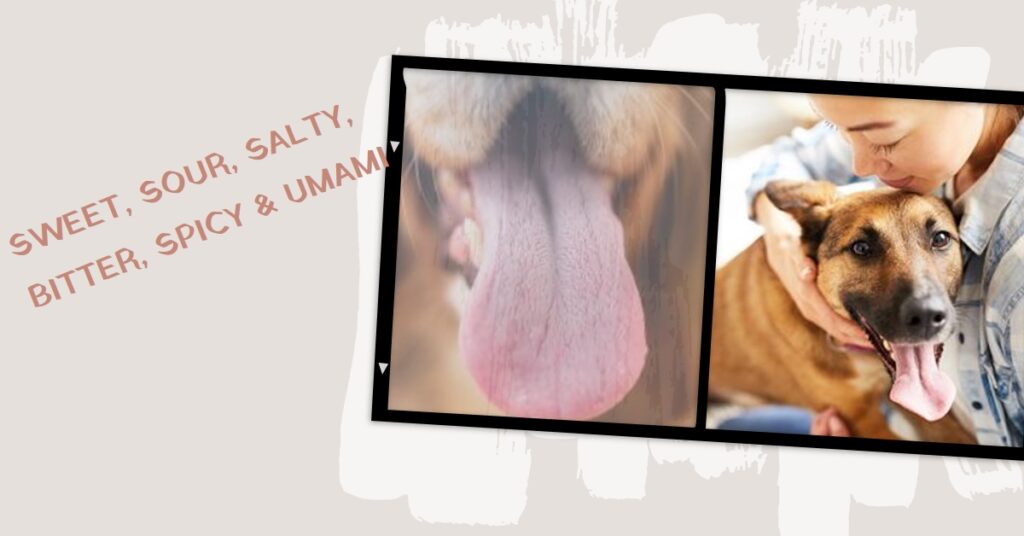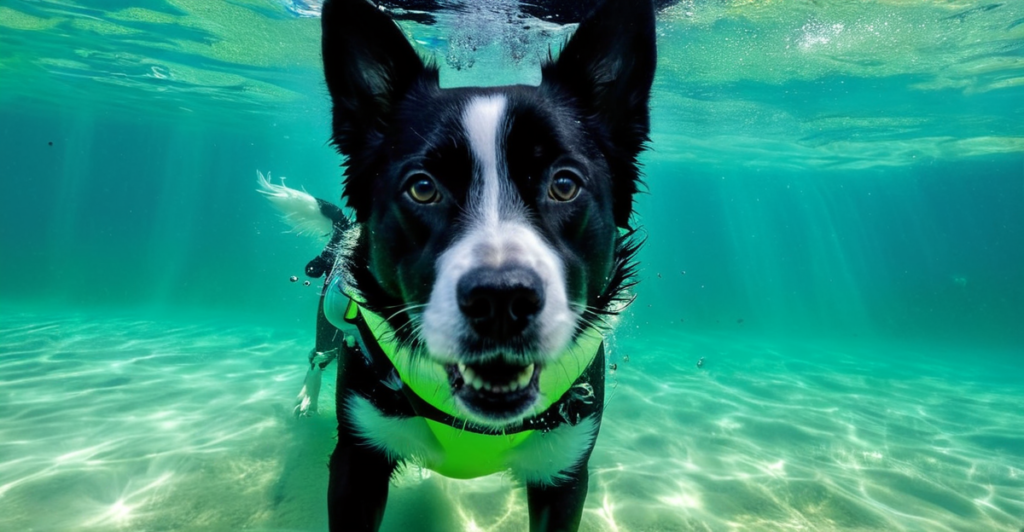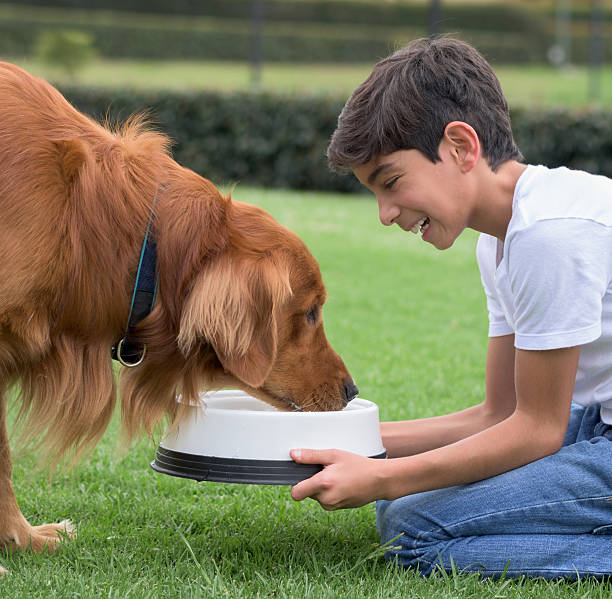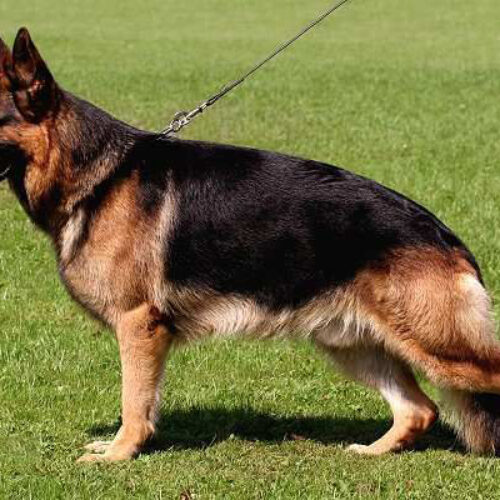Ever wondered if your dog can appreciate the gourmet meals you whip up? Do they taste the flavors you so carefully craft? Let’s dive into the fascinating world of canine taste buds and uncover the truth behind your furry friend’s eating habits.
Can Dogs Taste? Unveiling the Mystery
Understanding Canine Taste Buds
Can dogs taste? The short answer is yes, but their taste experience is quite different from ours. Humans boast around 9,000 taste buds, while dogs have only about 1,700. These are primarily located at the back and tip of their tongues. This means dogs’ taste perception is less nuanced than ours.
What Can Dogs Taste?
Dogs can detect the basic flavors: sweet, salty, sour, bitter, and umami (savory). Their preferences lean towards sweet and savory, which explains their love for peanut butter and bacon. However, their taste buds alone don’t drive their eating habits. Their sense of smell plays a significant role in their flavor perception.

Deciphering the Canine Flavor Palette
How Dogs Experience Food
While dogs can taste, their sense of smell is their primary guide to flavor. Think of it as a flavor fusion fiesta! The aroma of food mixes with their taste buds’ signals, creating a unique taste experience. So, that kibble might not be bland after all; it just lacks the olfactory punch they crave.
Enhancing Your Dog’s Mealtime Experience
Knowing that smell is crucial, how can we make meals more appealing for our dogs? Here are some tips:
- Sprinkle their favorite flavor: A touch of salmon oil or a bit of cheese can make a big difference.
- Variety of textures and shapes: Keep their meals interesting with different kibble shapes and textures.
- Food puzzles or slow feeders: Engage their minds and noses while they eat.
Remember, moderation is key. Overloading their food with rich flavors can upset their sensitive stomachs.
Can Dogs Taste Water?

The Unique Taste of Water
Dogs can taste flavors in water ? If you had to describe the taste of water, you’d probably struggle. For dogs, water has a distinct flavor thanks to special taste buds on the tips of their tongues. These taste buds become more sensitive after eating meaty foods, making plain H2O more flavorful. This unique trait encourages them to drink more water, ensuring they stay hydrated.
Creating a Flavorful Mealtime
The Role of Smell in Taste : Dogs rely heavily on their sense of smell to enjoy their food. By understanding this, we can enhance their mealtime experience. For instance, warming up their food can release more aromas, making it more enticing.
Tailoring Meals to Your Dog’s Preferences : Just like humans, dogs have individual preferences. Some might prefer crunchy kibble, while others enjoy soft, moist food. Pay attention to what your dog likes and dislikes to create meals they’ll love.
Dogs and Umami: The Savory Side of Life
Why Dogs Love Meaty Flavors
Umami, the savory taste often described as the essence of deliciousness, is a favorite for dogs. This flavor is why they crave meaty meals. Understanding this can help you choose foods that satisfy their taste buds.
Adding Umami to Your Dog’s Diet
Incorporate umami-rich ingredients like meat broths or a sprinkle of cheese to make their meals more appealing. This not only satisfies their taste buds but also ensures they get a well-rounded diet.
Keeping Your Dog’s Diet Balanced
Moderation and Nutritional Balance : While it’s tempting to spoil your dog with tasty treats, maintaining a balanced diet is crucial. Too many rich foods can lead to health issues. Ensure their meals are nutritious and portioned correctly.
The Importance of Hydration : Hydration is essential for your dog’s health. Always provide fresh water, especially after meals. Their unique water taste buds will encourage them to drink more, keeping them hydrated and happy.
Understanding Your Dog’s Taste Preferences
Observing Your Dog’s Eating Habits
Pay close attention to your dog’s eating habits. can dogs taste and devour certain foods and leave others? These preferences can guide you in choosing the right food and making mealtimes enjoyable. Don’t be afraid to experiment with different flavors and textures. Your dog might surprise you with their preferences. Just remember to introduce new foods gradually to avoid digestive issues.
The Final Verdict: Taste Buds Tell a Tale
Dogs might not be gourmet critics, but they definitely have a taste for life! By understanding their taste buds and incorporating their sense of smell, we can create a more flavorful and enriching mealtime experience for our furry companions. They might not appreciate a Michelin-starred dish, but a bowl infused with love and a touch of their favorite aroma will always be a culinary masterpiece in their eyes (or should we say, noses?).

Making Mealtime Special
In the end, it’s about creating a special mealtime experience for your dog. Whether it’s adding a splash of broth or using a food puzzle, these little touches show your love and care. Show them your love which helps in enhancing dog’s mealtime. Accompanying while giving a meal to your dog is a bonding experience. Understanding their taste preferences makes this time even more enjoyable for both of you. So, next time you prepare their food, think about how you can make it a delightful experience.
A Tail-Wagging Conclusion
So, can dogs taste ? To all the dog lovers out there, the next time you see your furry friend eagerly awaiting their meal, remember that they do taste and enjoy their food, albeit differently. By catering to their unique taste buds and sense of smell, you can ensure they enjoy every bite. Here’s to happy, healthy, and flavorful mealtimes!
Some Feeding Tips for German Shepherd
- Always Provide Fresh Water
Ensure your German Shepherd has access to clean water at all times, especially if they primarily eat kibble, which has low moisture content. - Feed Twice Daily
To prevent bloat, feed your German Shepherd two smaller meals each day, avoiding feeding late at night or during excitement. - Consider Homemade Diets if Needed
If store-bought foods cause allergies, consult with experts to create balanced homemade meals for your German Shepherd. - Avoid Free Feeding
Don’t leave food out all day; it attracts pests and disrupts house training. Scheduled meals help establish routines. - Incorporate Healthy Human Foods
Treat your German Shepherd with healthy human foods like meat and certain fruits, but keep it to 15% of their diet. - Adjust According to Needs
Feed amounts vary by dog. Monitor your German Shepherd’s weight and hunger to adjust food portions as needed. - Introduce Dietary Changes Gradually
When changing your dog’s diet, do it slowly over four weeks to avoid stomach issues. - Allow Time for Nutritional Changes
Stick to a new diet for at least six weeks before assessing its impact and making further adjustments. - Choose Bones Wisely
If offering bones, opt for raw, meaty ones and supervise chewing to prevent dental issues. Never give cooked bones. - Be Critical of Dog Food Claims
Be cautious with dog food marketing. Read ingredient lists carefully, avoiding products with by-products as primary ingredients.
These tips help ensure your German Shepherd’s diet supports their health and wellbeing effectively.
Please Follow Us on Instagram: Dogs&Fur





